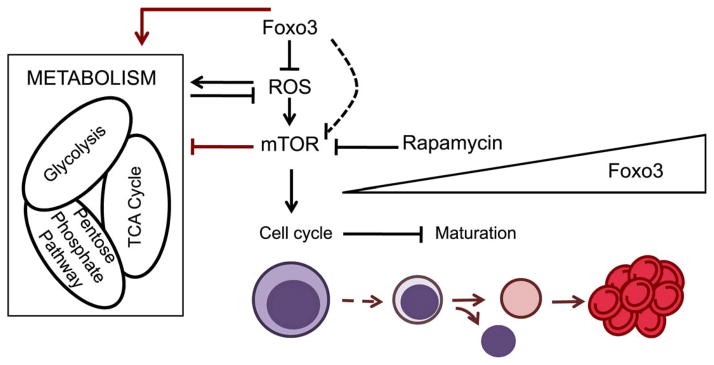Figure 9. Proposed Model for FOXO3/ROS/mTOR regulation of erythroblast maturation.

During erythroid differentiation FOXO3 becomes nuclear and active, keeping ROS levels under control through transcriptional regulation of antioxidant enzymes and certain metabolic enzymes. The absence of FOXO3 leads to increased ROS levels that further activate mTOR, which in turn influences glycolytic enzymes and erythroblast cell cycling leading to decrease in erythroblast maturation. Red arrows indicate the main findings described in this article.
